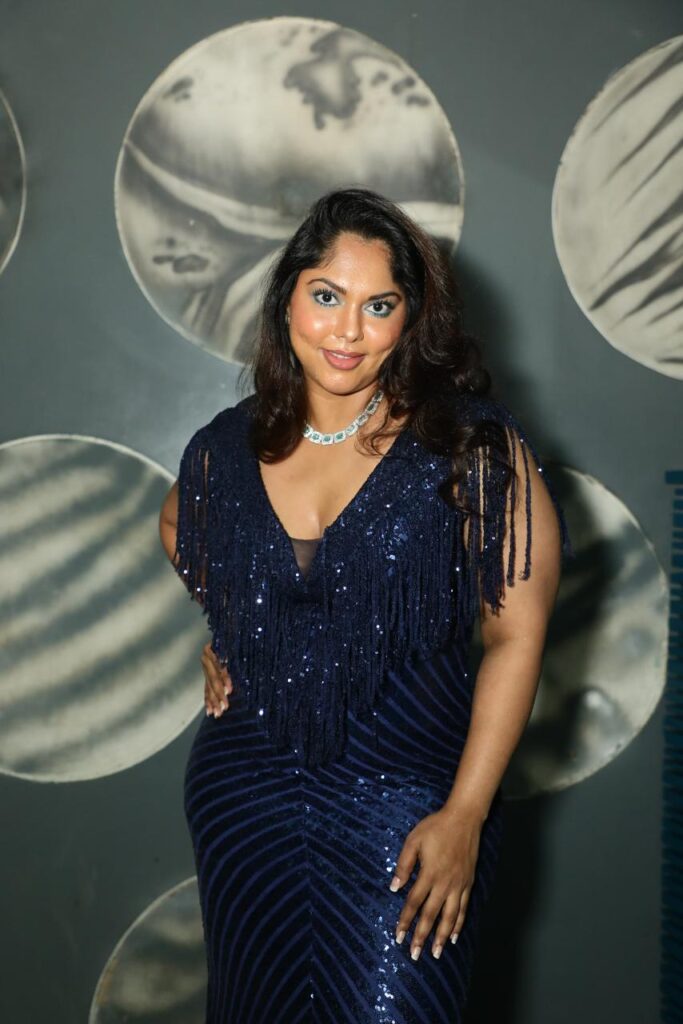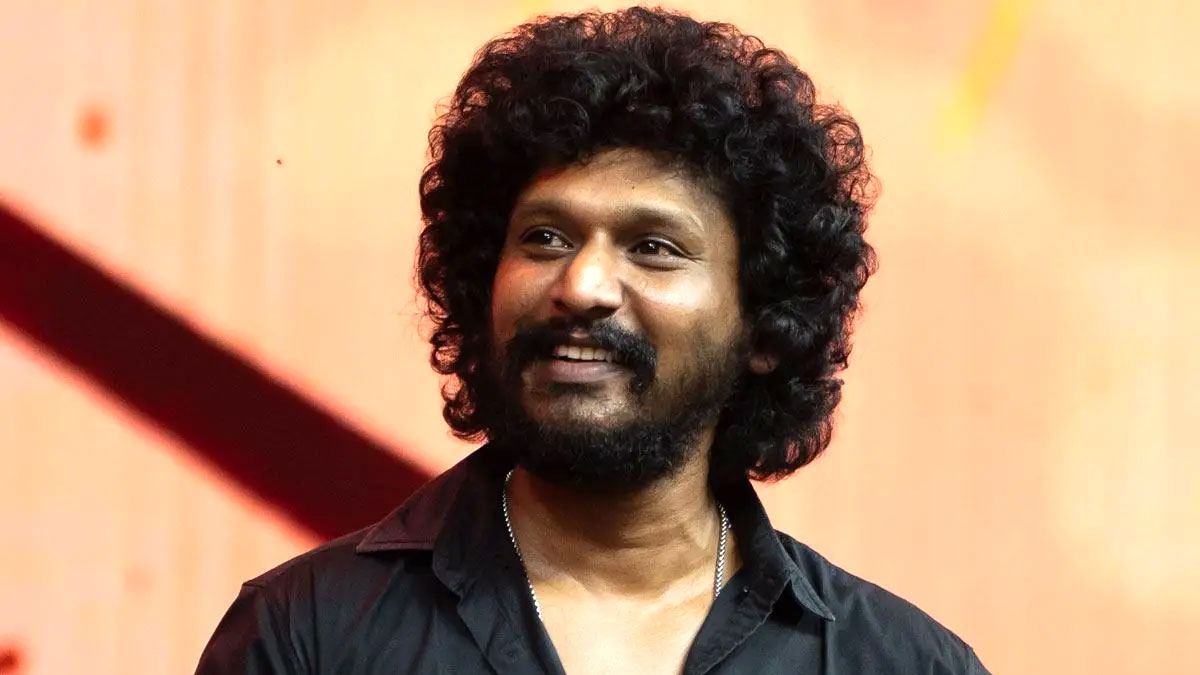Now Reading: India Embraces ‘Quiet Luxury’: When Simplicity Becomes the New Status Symbol
-
01
India Embraces ‘Quiet Luxury’: When Simplicity Becomes the New Status Symbol
India Embraces ‘Quiet Luxury’: When Simplicity Becomes the New Status Symbol

A new wave of fashion is reshaping India’s luxury landscape—and it’s quieter than ever. Moving away from loud logos and flashy branding, more Indians are now choosing understated elegance, where design, quality, and craftsmanship speak louder than labels. This trend, popularly known as ‘quiet luxury,’ is gaining momentum across metros and Tier 2 cities alike, signalling a shift in how people define sophistication and success.
What Is Quiet Luxury?
Quiet luxury focuses on subtle, timeless pieces made with premium materials and thoughtful craftsmanship. It avoids visible brand names and instead highlights refined tailoring, minimalist design, and enduring value. From handwoven saris to sleek linen suits, the emphasis is on detail rather than display. It’s a style choice that speaks to those who prefer elegance without attention-seeking.
Indian Designers Leading the Way
Several Indian brands and designers are now embracing this trend. Labels that once focused on elaborate embroidery or heavy embellishments are shifting toward cleaner silhouettes and natural fabrics. Whether it’s a Kota Doria kurta, a raw silk Nehru jacket, or a finely stitched chikankari ensemble, Indian quiet luxury is deeply rooted in traditional techniques—but reimagined for modern preferences.
The Tier 2 Shift: Small Cities, Big Taste
Interestingly, the demand for quiet luxury isn’t limited to Delhi or Mumbai. Consumers in Tier 2 cities like Jaipur, Coimbatore, Bhopal, and Surat are showing a growing interest in subtle elegance. With increased exposure to global fashion through digital platforms and rising disposable incomes, buyers in smaller towns are making conscious choices—seeking exclusivity without being loud.
Local boutiques and regional fashion houses are also aligning with this trend, offering high-quality garments that cater to those who value heritage and modernity in equal measure. Quiet luxury allows them to stand apart—not with flash, but with finesse.
Why This Trend Matters Now
Post-pandemic fashion has seen a tilt toward sustainability, comfort, and mindful consumption. People are now investing in fewer but better pieces. Quiet luxury aligns with these values, offering longevity over trend-driven wardrobe turnovers. It also reflects a personal statement: that confidence doesn’t require branding, only authenticity.
Conclusion
Quiet luxury is more than a fashion trend—it’s a cultural shift in how Indians view style, success, and self-expression. From urban professionals to creative entrepreneurs in smaller cities, the rise of understated elegance signals a deeper awareness of value, identity, and timeless design. In a world full of noise, India seems ready to let silence do the talking.

























